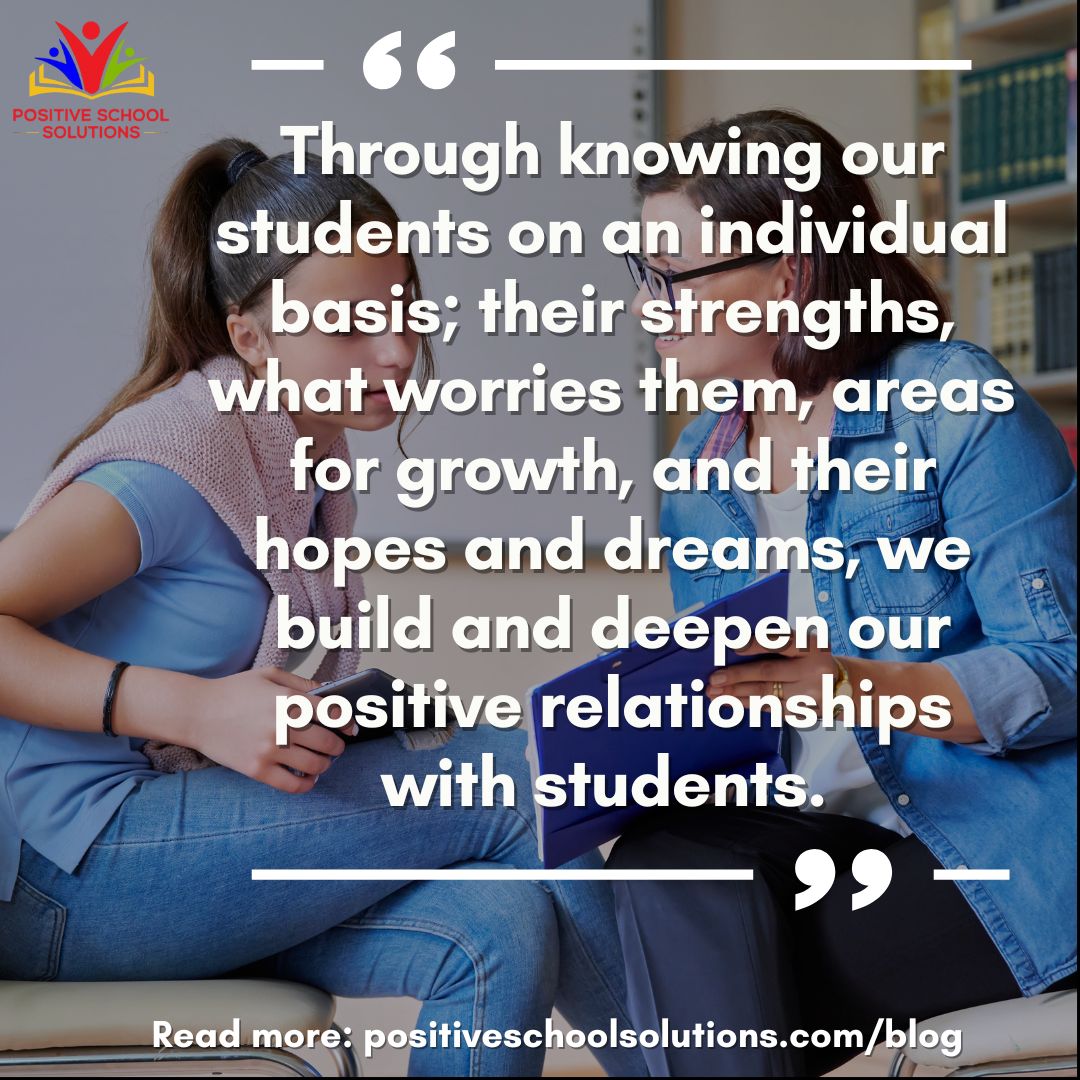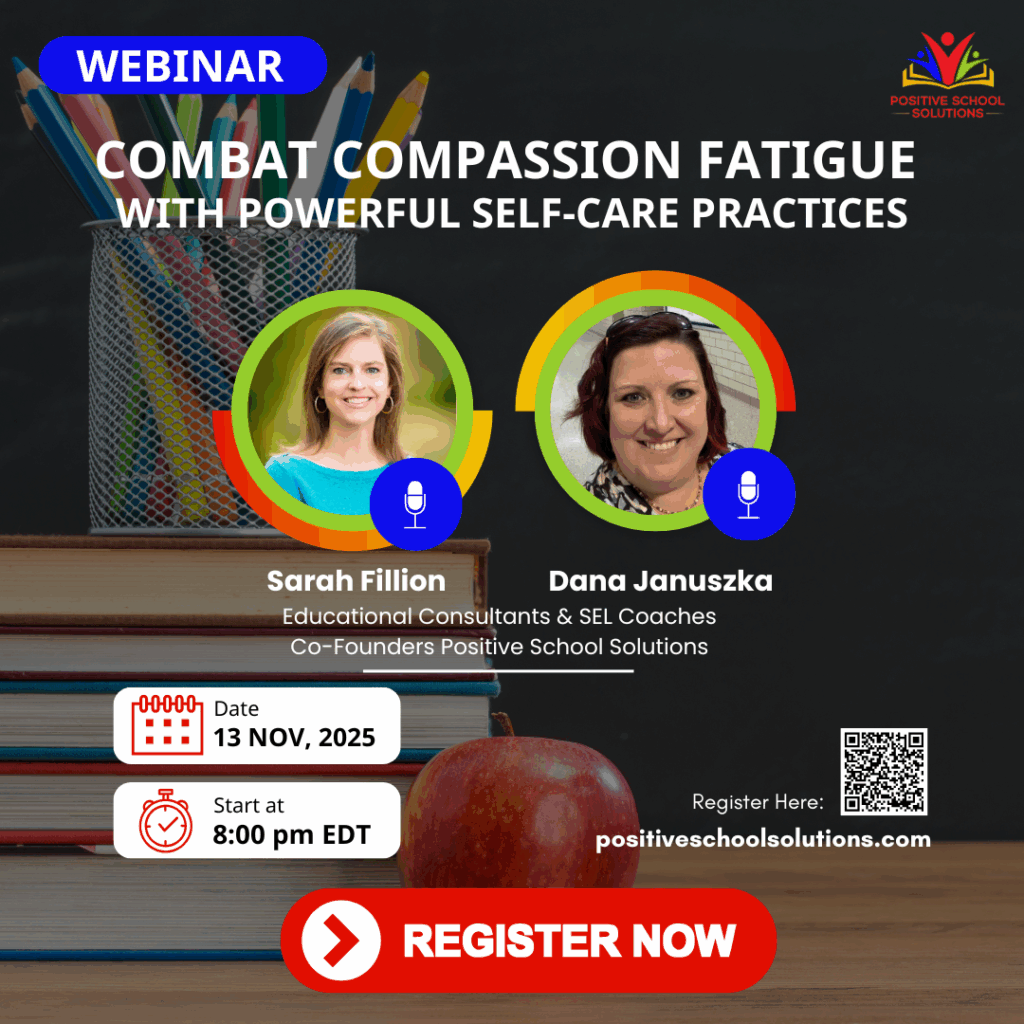As #SELDay approaches, March 10, now is a perfect time to strengthen your own relationship building skills and model the development for your students. Relationship building is one of the critical competencies of social emotional learning. As educators, we practice the skills involved in relationship building with our colleagues, the families of our students, and the students we work with. In strengthening this competency for ourselves, we also model for students the skills required to make positive relationships that allow our lives to be rich with diversity and enable us to communicate effectively with a variety of people. 
Through knowing our students on an individual basis; their strengths, what worries them, areas for growth, and their hopes and dreams, we build and deepen our positive relationships with students. Through devoting time and attention to these relationships, we are able to convey our belief in their abilities and encourage them to continue trying new things – often exceeding their own expectations.
One way we can strengthen and maintain our connections to students is by giving feedback on assignments. Qualitative feedback is essential to student growth, and oftentimes, it can be forgotten. Students are looking to you to let them know how they are doing and that their work has purpose. Without receiving regular feedback, students can easily feel like they are on their own or that the work assigned is busywork. eLearningIndustry, a network-based media and publishing company, says, “Students may disengage when there is no timely feedback, such as would occur more readily in an in-person class… constructive and specific comments, even if brief, can help instruct and encourage students.”
Feedback can come in many forms and can be given to the class as a whole, or to individual students. The guidelines for teacher language, SPEAK, applies to how we provide feedback to students in our online learning community as well. Take a minute to review the table below for some ideas on what that might look like.

Providing a connection to a teacher creates an added purpose for students, as it creates a sense of normalcy and provides a sense of safety. Through our modeling of effectively communicating with students through feedback about the work they are doing, we elevate the level of engagement, allowing our students to experience success academically and socially.
For more engaging learning around the power of Teacher Language, check out our course, “Why Our Words Matter- Speaking Effectively with Students” available for Classroom Teachers, Special Area Teachers, and Support Staff.
Written by Dana Januszka & Sarah Fillion 2022

